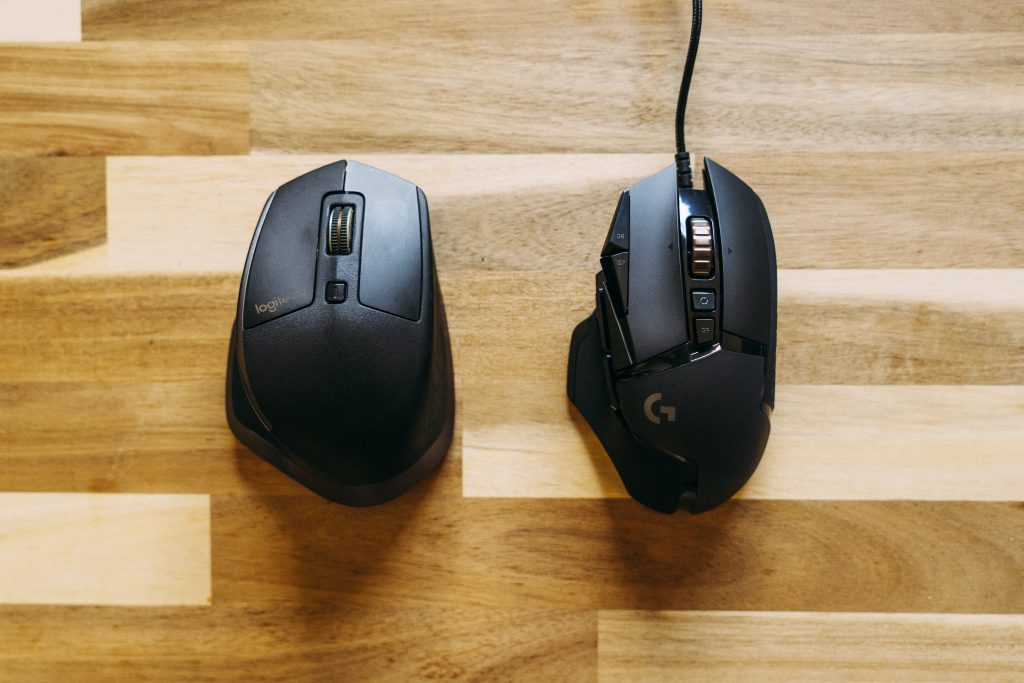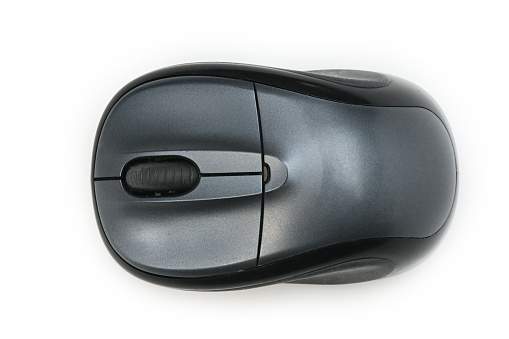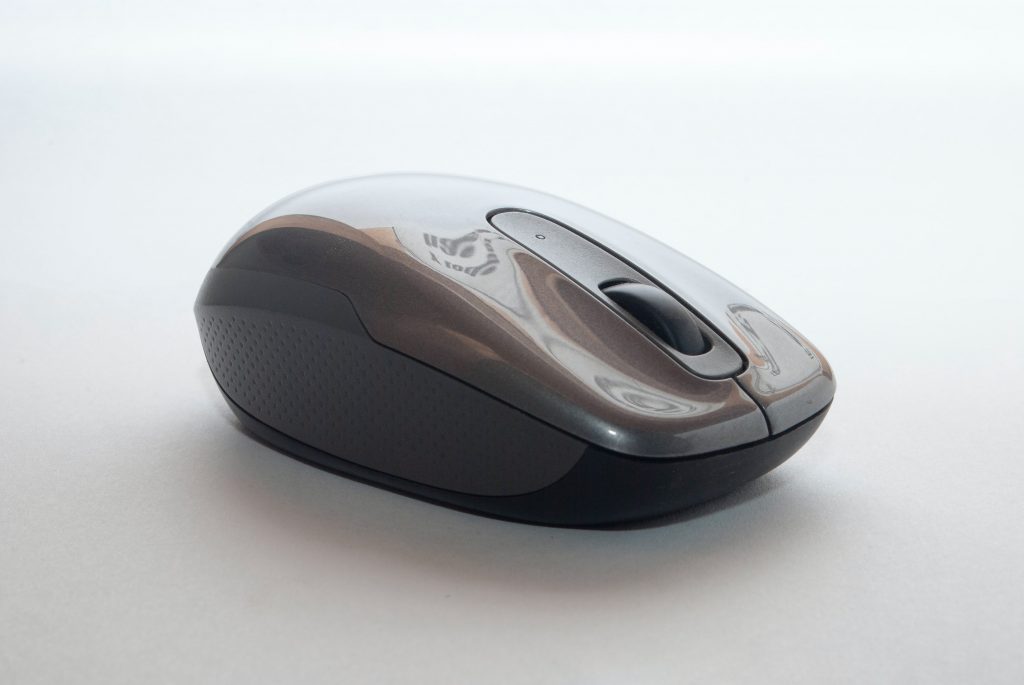Although for many users it may seem like a trivial issue, correctly holding the mouse is not so trivial when we talk about the world of high competition in eSports. In this article, we will talk about the different types of grip that users use to handle this peripheral and how it affects our performance when playing.
If there is a peripheral that has changed over time, modifying its external form to adapt to the demands of users over time, that is the mouse. Gone are the days of white ball mice, all with the same external shape, all with the same performance problems in the video game segment.
It is probably at the moment when mice with personalized casings begin to become popular when the differences between the different ways of holding a mouse begin to be most noticeable. This is because these outer shells are designed with one type of grip in mind, to allow users to find their preferred way of holding the mouse, whether it be a claw, palm, or finger grip. (fingertip), which are the three types most commonly used by users when handling this peripheral.
How to hold the mouse is always something very personal
Each user has their style when holding the mouse, but even so, there are three types of holding defined for this peripheral:
- Claw type: This type of grip mainly uses the concavity that makes the end of the palm and the fingers flexed in the form of a claw (hence the name), supported by the peripheral buttons. This type of mouse is characterized by having a fairly pronounced bulge on its upper part and by being shorter in length than is usual in other models since they do not require as much physical space for the fingers.
- Palm type: these mice tend to be held, in a habitual way, using the entire palm. They are designed in such a way that all the fingers and the palm are in contact with the top of the mouse, achieving a much more relaxed posture than the claw-type grip. To do this, the top of the peripheral does not have such a pronounced bulge, and these mice are usually longer to better accommodate the user’s hand.
- Finger type: With this type of grip, the mouse is handled only using the fingertips, supported by the two main buttons and on the sides of the mouse. We could say that this type of grip is an evolution of the claw type, but using only the fingers of the mouse. And, as for claw-type mice, those developed for this type of holding are usually not very large, since the extra space is of no use.
There is no correct method to grab the mouse since each of us uses the one that best suits us when using it. And, as we have already said, grabbing the mouse is a very personal act.




